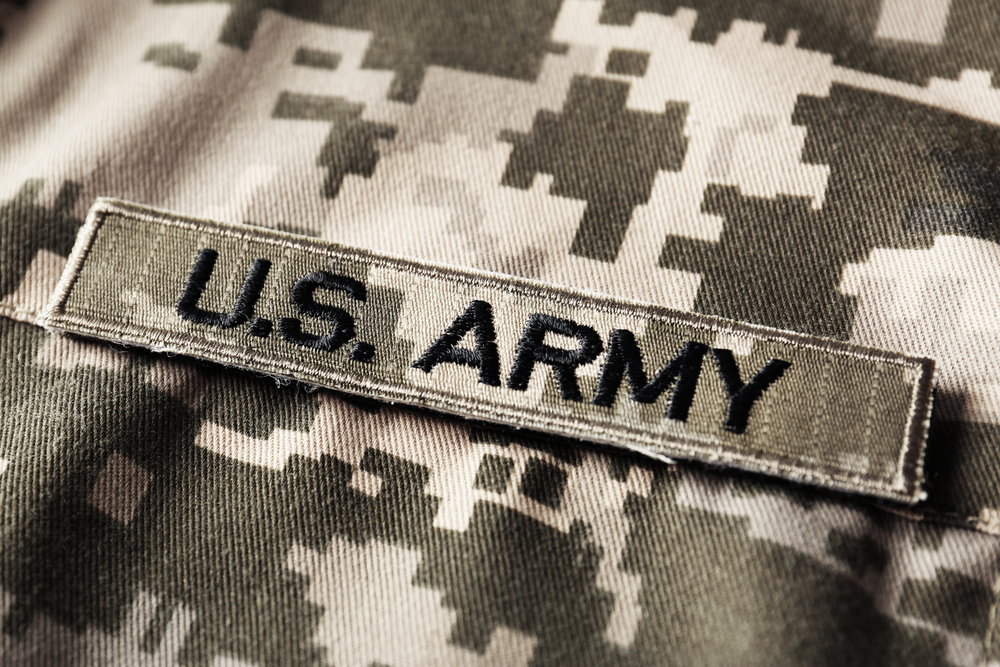
This week, the United States Army verified that those military services and international forces who participate in Project Convergence, this year, will be able to exchange information and connect with each other over long distances. This milestone capability is a major accomplishment, heading into the capstone experiment, in the coming fall.
A few days prior, the Army commented they had succeeded in a communications exercise they call COMMEX 1B . The purpose of this exercise was to replicate and inform on the scale and scenarios achieved in extreme laboratory and field settings within Project Convergence.
The testing they conducted included analysis of at least 50 technologies. These technologies come from organizations that range from the Combined Joint Systems Integration Laboratory at Maryland’s Aberdeen Proving Ground to offices at Fort Bliss, in Texas, and as far away as the UK and Australia.
This will be the first Project Convergence to actively include international partners: as mentioned above, both Australia and the UK are involved. In addition, Canada [and a few others] will observe.
Also referred to as PC22, Project Convergence is actually how the US Army is contributing to Joint All-Domain Command and Control. This is the name of the not-yet-successful objective to gain the ability for seamless sharing of information, with no regard for a branch of service or national affiliation.
According to British Army chief data officer Brigadier Stefan Crossfield, “The fourth industrial revolution is changing the nature of warfare, it will become functions.” Also the head of information exploitation, he goes on to say, “If we can build up a pervasive network that we can use to fight with, then it opens up all other opportunities.”
